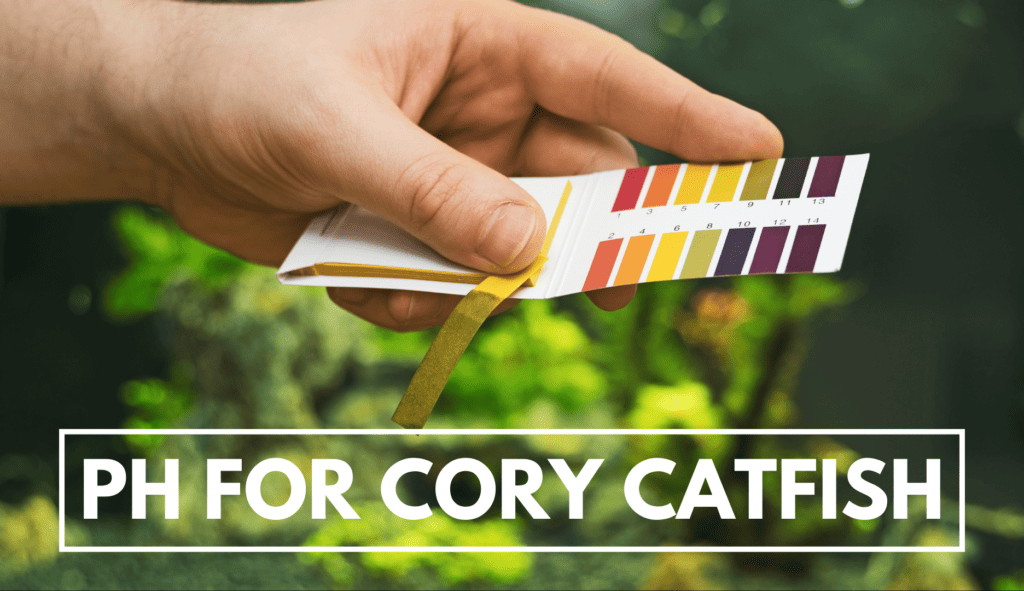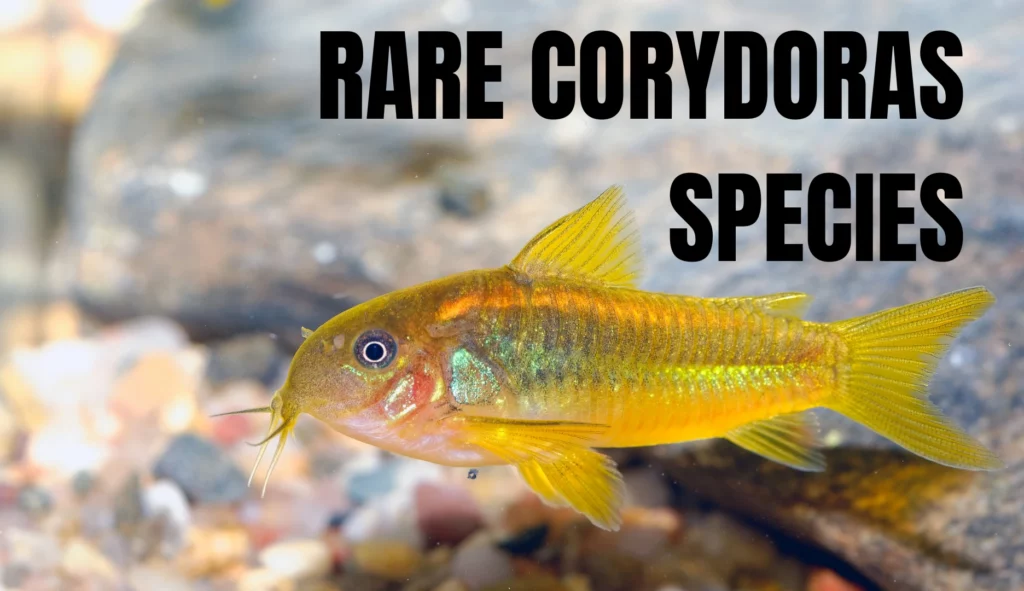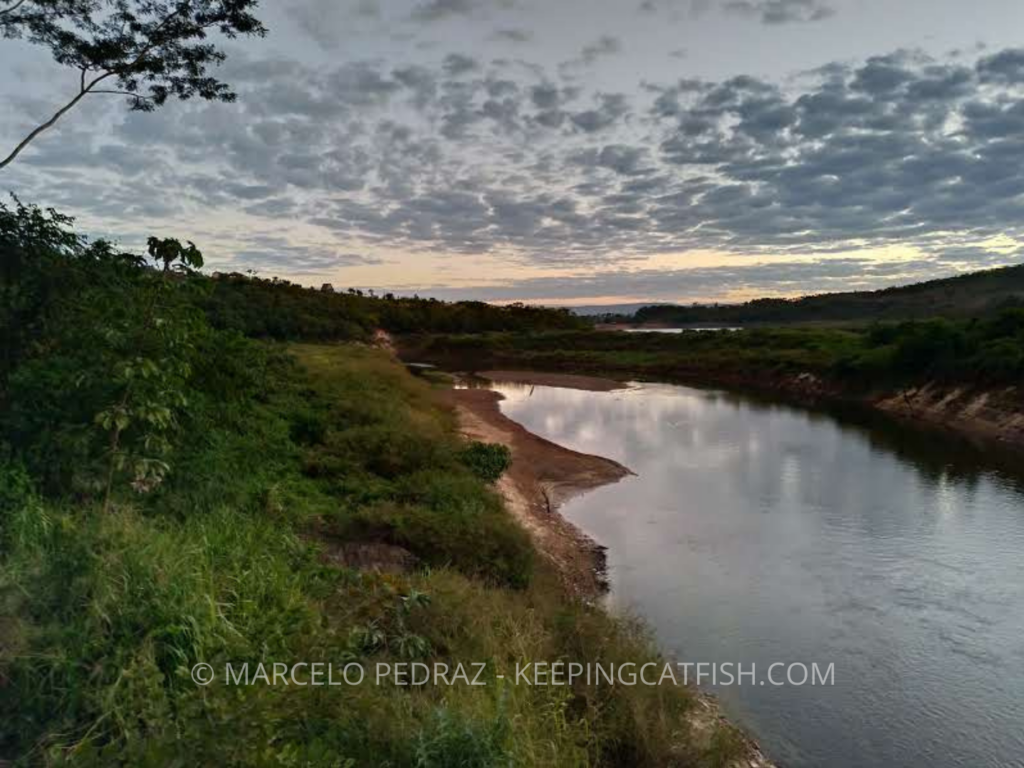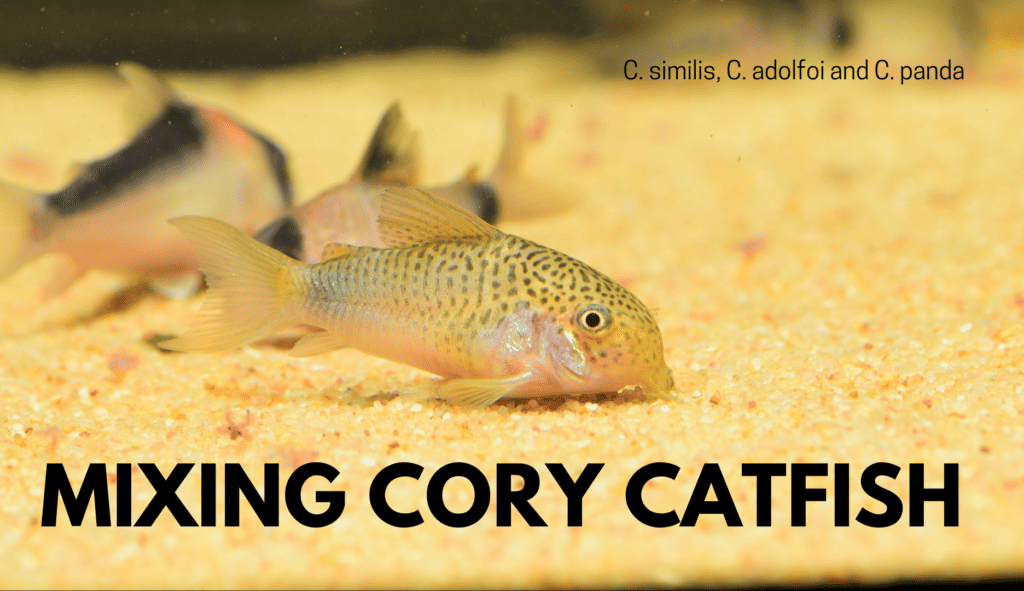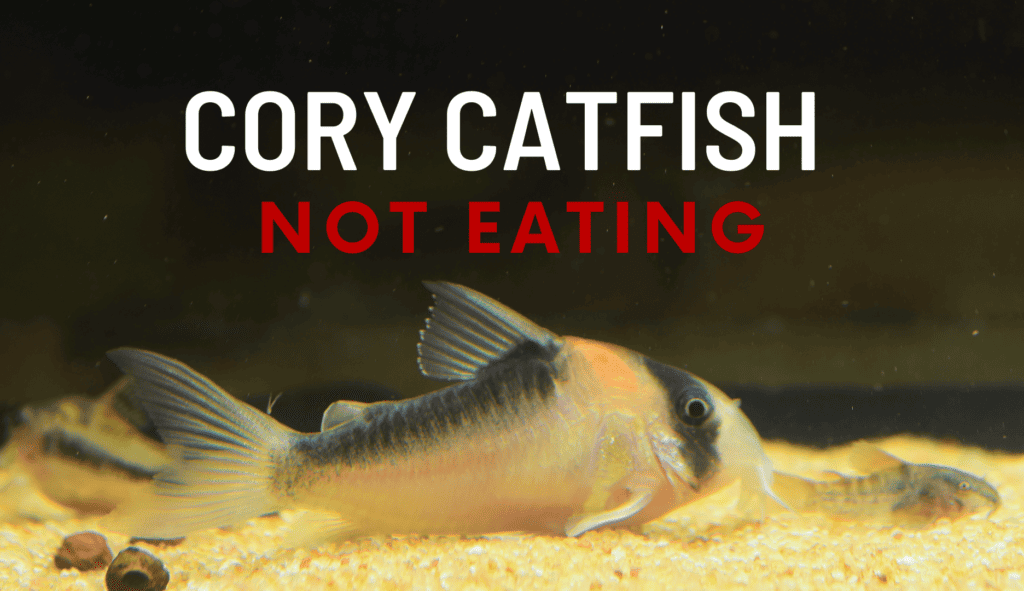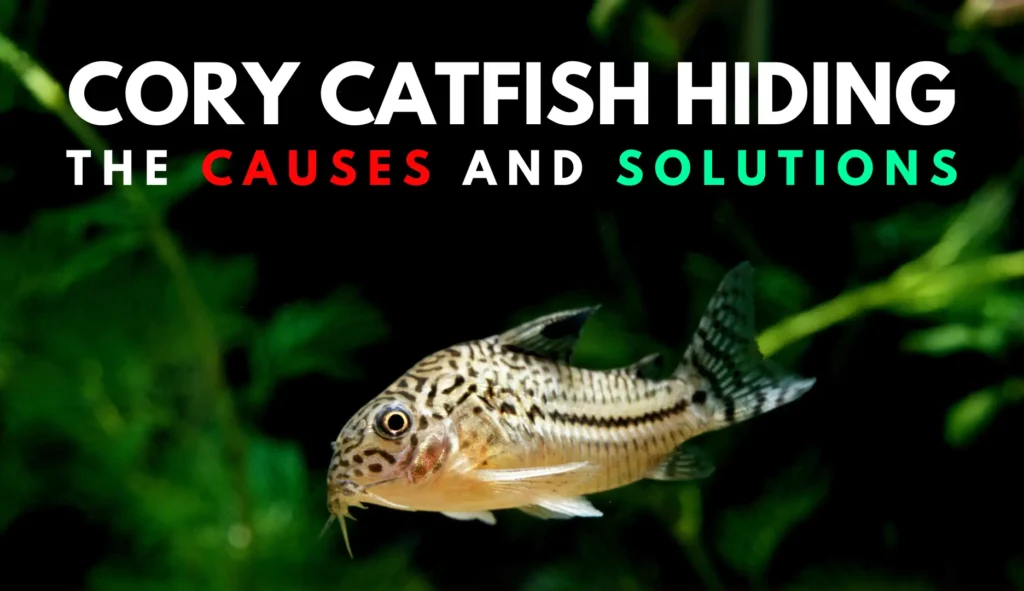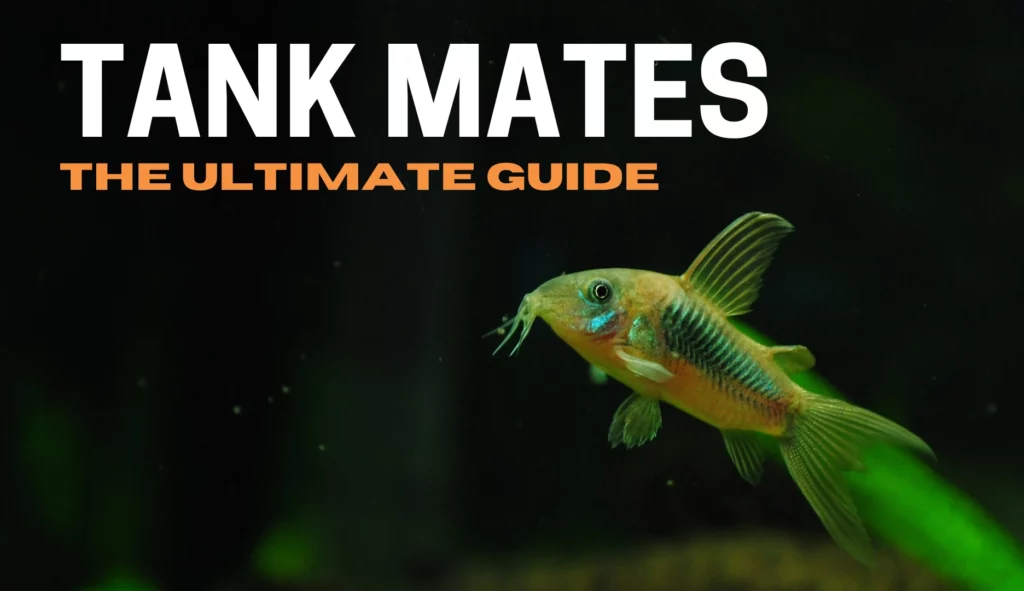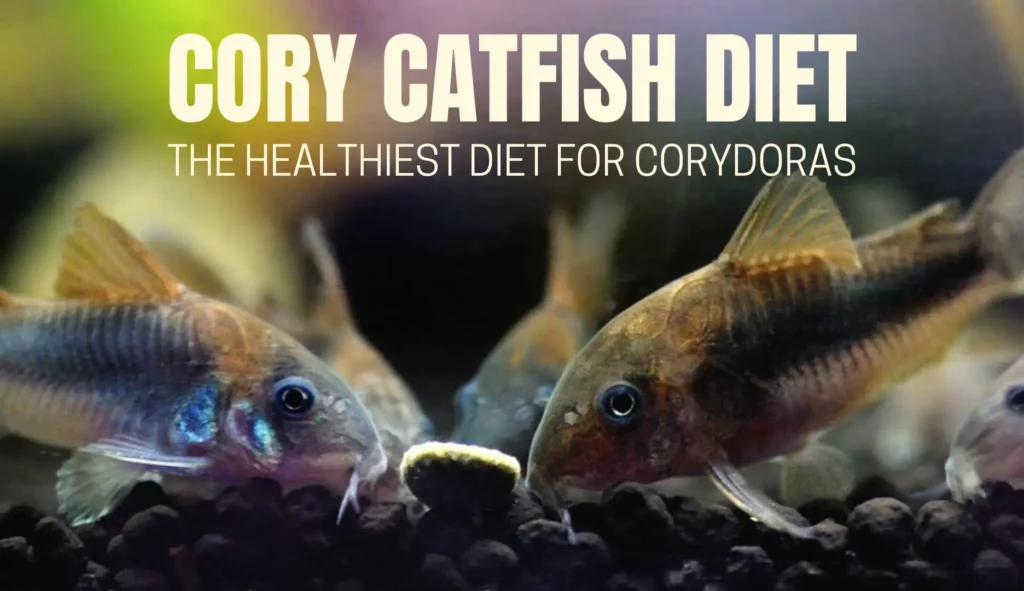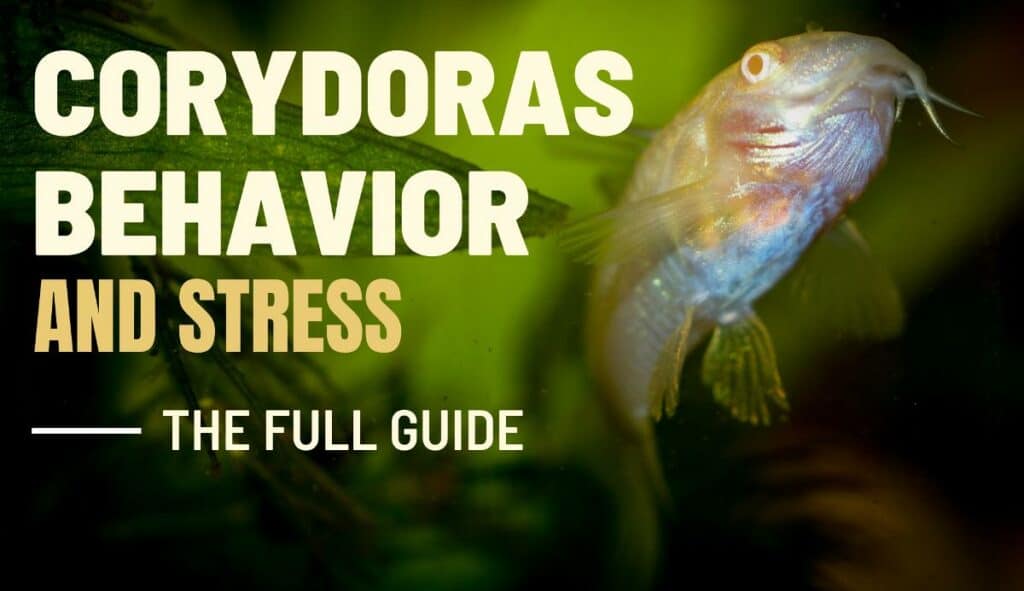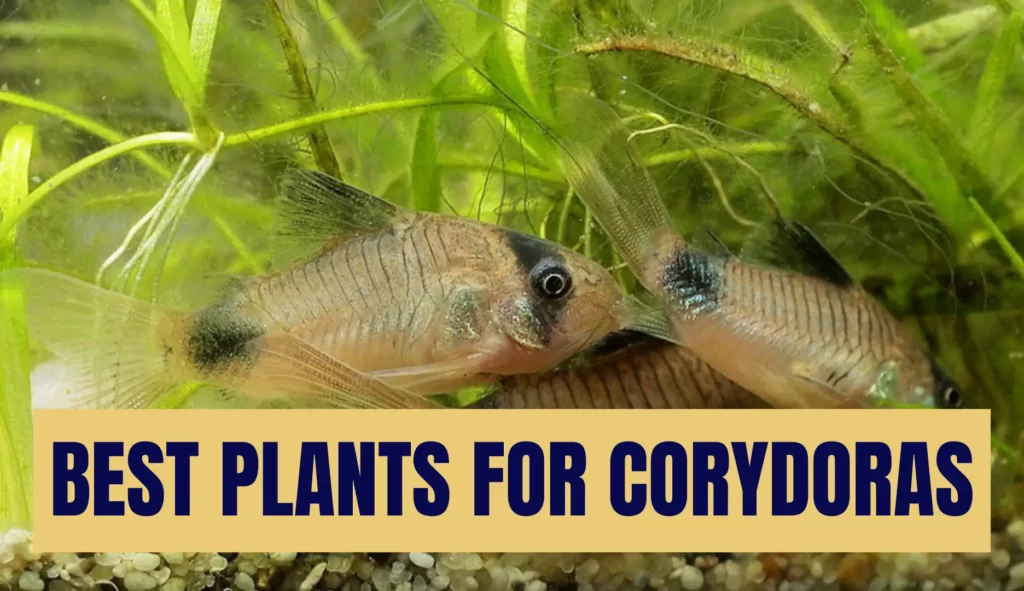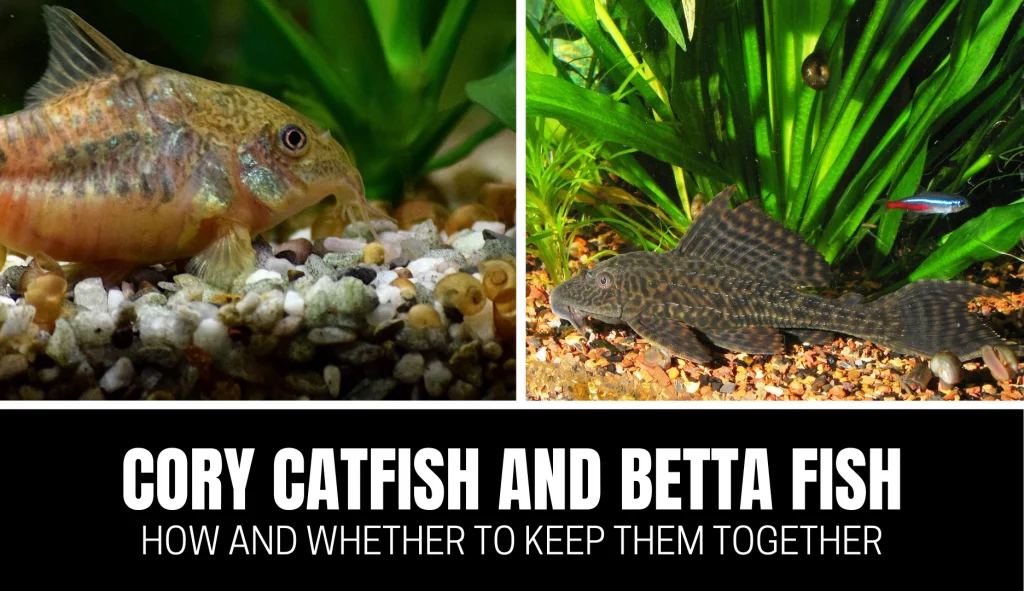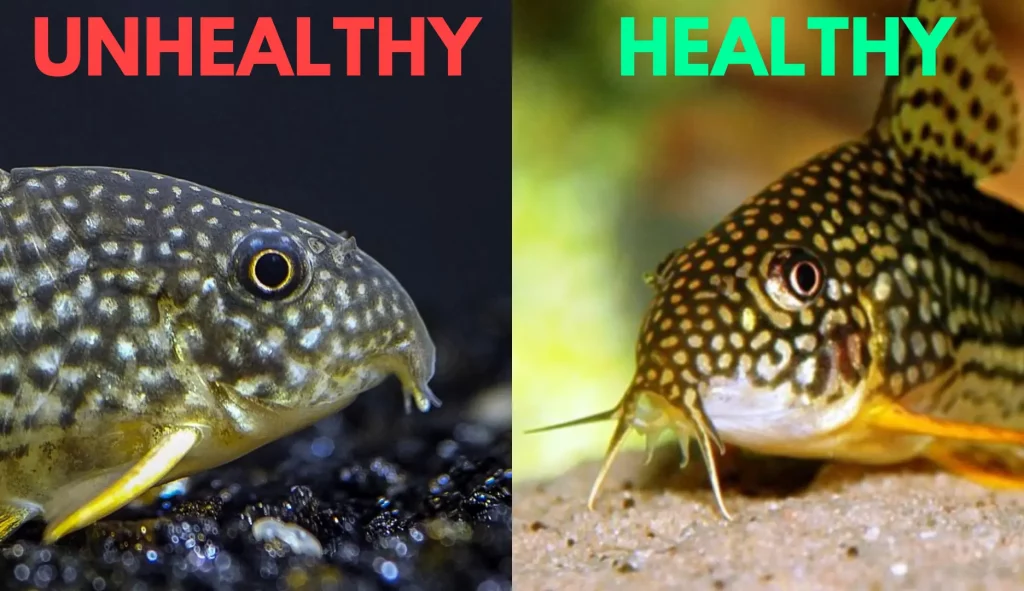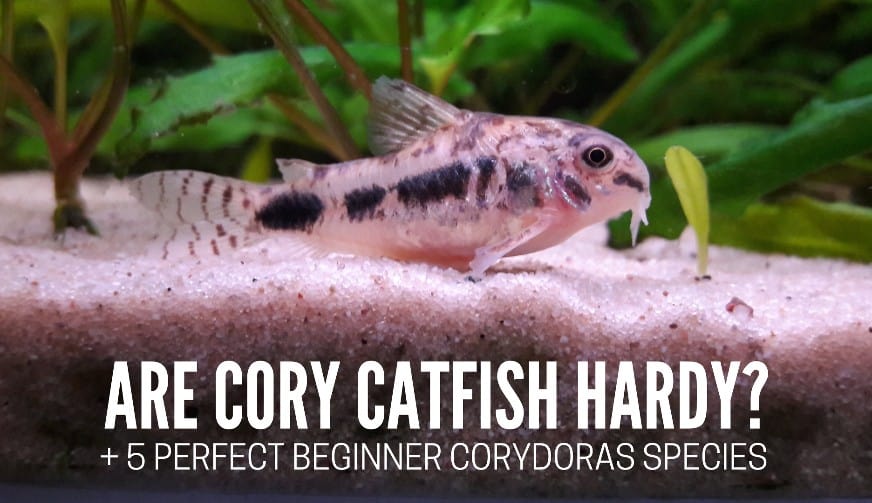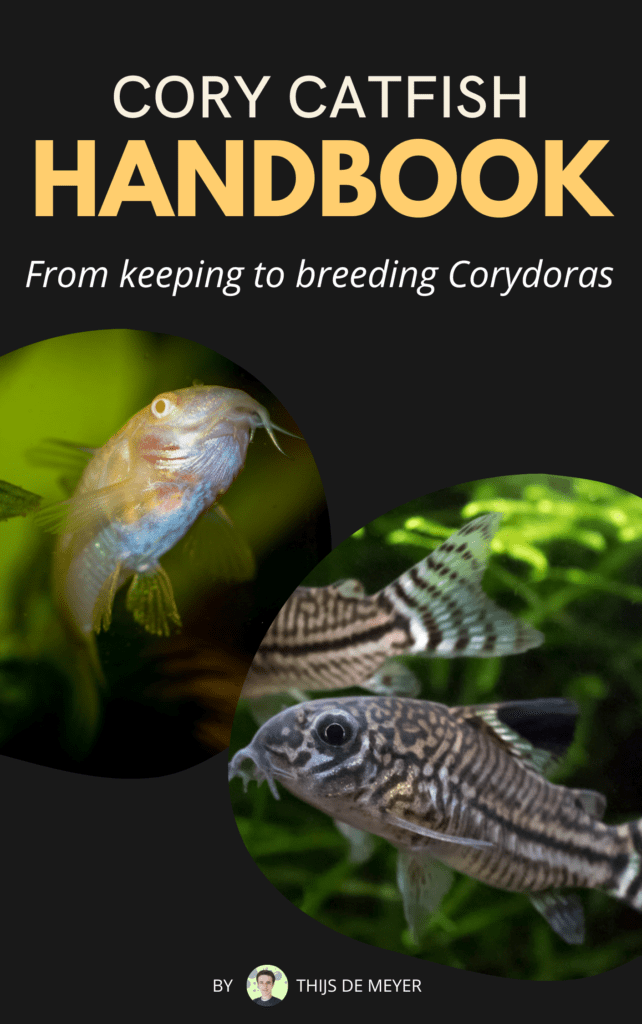Although cory catfish are quite hardy fish, they have specific requirements in terms of water parameters. This includes the pH, one of the most crucial parameters to monitor.
In captivity, a pH of 6.6 to 7.5 is best for most Corydoras species. In the wild, cory cats are found in a range of different water types, from acidic waters (around 4.5 in the coastal Atlantic forest) to alkaline waters with a pH around 7.5 (like calcareous soil environments in the Brazilian Northeast).
Wild-caught fish are more sensitive to pH because captive-bred fish are mostly bred on tap water and are more used to fluctuations.
Before making any adjustments, it’s recommended to check your pH weekly. Do this using a test kit. Checkout out my pick for a great affordable test kit on Amazon.
The dangers of a low pH
When the pH in the cory catfish tank drops below the optimum, several negative effects can occur.
The drop in pH can negatively affect the ability of corydoras to regulate essential physiological processes such as breathing and maintaining balance.
Keeping the fish in irregular parameters causes stress and can damage the membranes and mucous membranes, making the fish more susceptible to infections and diseases.
1. pH drops Explained
pH is a scale that measures the acidity or alkalinity of water. It ranges from 0 to 14, with 7 being considered neutral.
A pH below 7 indicates acidity, while a pH above 7 indicates alkalinity.
In aquariums, the pH is predisposed to drop, and the water to become acidic; this is directly due to an increase in the concentration of hydrogen ions (H+).
Acidification occurs naturally due to biological processes such as fish respiration and the decomposition of organic matter in the aquarium.
However, environmental factors such as excessive addition of carbon dioxide (CO2), temperature, oxygenation, or acidic substances can also cause the pH to drop.
2. Impact on the nitrogen cycle and the ecosystem

Suboptimal pH can affect the nitrogen cycle in aquariums. The nitrogen cycle is the process by which waste nitrogen such as ammonia is converted into less toxic compounds such as nitrate.
Beneficial bacteria are responsible for this conversion. Low pH hinders the proliferation and activity of these bacteria, resulting in a reduction in the efficiency of the nitrogen cycle.
This can lead to a build-up of toxic ammonia and nitrite, causing fish stress and illness and increasing the need for periodic maintenance.
A low pH can trigger a total imbalance in the aquarium.
Other species, such as plants, invertebrates, and beneficial bacteria, can be negatively affected by a low pH. Some plants may have difficulty absorbing essential nutrients, affecting their growth and health.
Sensitive invertebrates such as shrimp and snails can also be harmed, as can the beneficial bacteria responsible for decomposing organic waste. This can lead to a decrease in biodiversity and a collapse of the ecological balance in the aquarium.
3. Stress and abnormal behavior
Irregular pH can cause a high level of stress in corydoras, resulting in abnormal behavior. Fish kept in a low pH environment may show signs of stress such as excessive agitation, erratic swimming, lack of appetite, and lethargy.
The stress caused by pH compromises the immune system of cory catfish, making them more susceptible to disease and infection. Prolonged stress can negatively affect the growth and reproduction of fish, resulting in a less healthy population.
If you worry about the behavior of your Corydoras and want to know whether it’s normal, I highly recommend checking out the full cory catfish behavior guide.
Possible symptoms of a pH that's too low
1. Respiratory issues
Corydoras may have difficulty breathing when the pH of the water is too acidic. This can be seen when they begin to move their gills rapidly and gasp at the surface of the water.
The low pH interferes with the ability of the gills to extract oxygen from the water, causing cory cats to struggle to get the oxygen they need to breathe.
2. Lethargic behavior
When exposed to a low pH, corydoras can become lethargic and less active. They spend more time at the bottom of the aquarium and show little interest in swimming or exploring the environment.
This behavior is a reflection of the stress caused by low pH, which negatively affects your metabolism and energy.
3. Stress
Low pH can cause stress and anxiety in corydoras, which causes them to exhibit stressful behaviors such as constantly hiding, swimming erratically, and fussing around in the aquarium.
An environment with an inadequate pH affects the nervous system and hormonal balance of Corydoras, causing discomfort and increasing stress levels.
4. Color loss
Corydoras may show color loss and changes when exposed to suboptimal pH. They may appear pale, faded, or dull in color.
This is because the pH affects the pigmentation and mucosa of the cory cat’s skin and scales. The color change is a visual indicator that they are experiencing problems due to improper pH.
5. Growth and development issues
pH interferes with the healthy growth and development of cory catfish. Young fish may exhibit slow growth, poor development, and deformities when kept at a low pH. This is because pH affects the absorption of nutrients and minerals essential for proper growth.
Possible symptoms of a high pH
A high pH, i.e. above ideal, can have adverse effects on corydoras and other fish. When the pH is above 7 on the scale, we say that it is alkaline, the opposite of acidic.
However, cory catfish can perfectly live in slightly alkaline water, but above 7.5 it starts to get less optimal for most species.
Alkalinity in your water occurs due to several reasons such as the chemical composition of the supply water, the presence of limestone rocks or shells in the aquarium, and the lack of buffering materials.
A high pH affects corydoras in many ways and is even thought to be a condition called alkalinidosis. Alkanylidosis in ornamental fish exhibits many symptoms, the main ones being:
Damaged skin and fins
High pH in aquarium water can damage the skin and fins of corydoras. Alkaline conditions can erode the skin’s protective layer, leaving it vulnerable to disease and infection.
Also, their fins can become brittle and start to come apart easily. You may notice sores, whiteheads, irritation, or even damage to the corydoras due to the high pH.
Abnormal behavior
Corydoras are fish known for their active and social behavior. However, a high pH can cause them stress and discomfort.
As a result, they may exhibit abnormal behaviors such as swimming erratically, hiding excessively, or becoming isolated from the group. These behavioral changes are a sign that the corydoras are struggling due to the high pH in the aquarium.
Lack of appetite
When corydoras are exposed to a high pH, they can lose their appetite. The high pH environment can affect the taste and the ability to detect and digest food, causing them to lose interest in eating.
This lack of appetite can lead to nutritional problems and negatively affect the overall health of corydoras.
Breathing problems
Color changes
The non-ideal pH can affect the pigmentation of corydoras. They may change color, becoming pale, dull, or faded.
This color change indicates that the Corydoras are stressed due to the high pH. Observing color changes can help identify problems in the aquarium environment and promptly act to correct the pH.
How to change pH safely
Rapid and drastic changes in pH can stress and negatively impact the fish, leading to problems such as physiological shock.
By changing the pH gradually, the fish and other organisms can adjust to changes in a more natural and less stressful way.
This allows the functioning of your body to adapt to the new water conditions and maintain your internal balance.
Test the pH regularly
Perform gradual water changes
Natural materials
Certain natural materials, such as logs or Indian almond leaves (IAL) , may have properties that help regulate the pH of the water.
Apart from lowering the pH, IAL also has anti-bacterial workings and releases useful tannins. In my opinion, they’re a great addition to any tank, whether or not you want to lower the pH.
Check out IAL on Amazon ->
Research the available options and introduce these materials into your aquarium.
The hardwood logs release tannins into the water, which can help lower the pH, while the catappa leaves have natural substances that can stabilize the pH at levels that are more suitable for Corydoras.
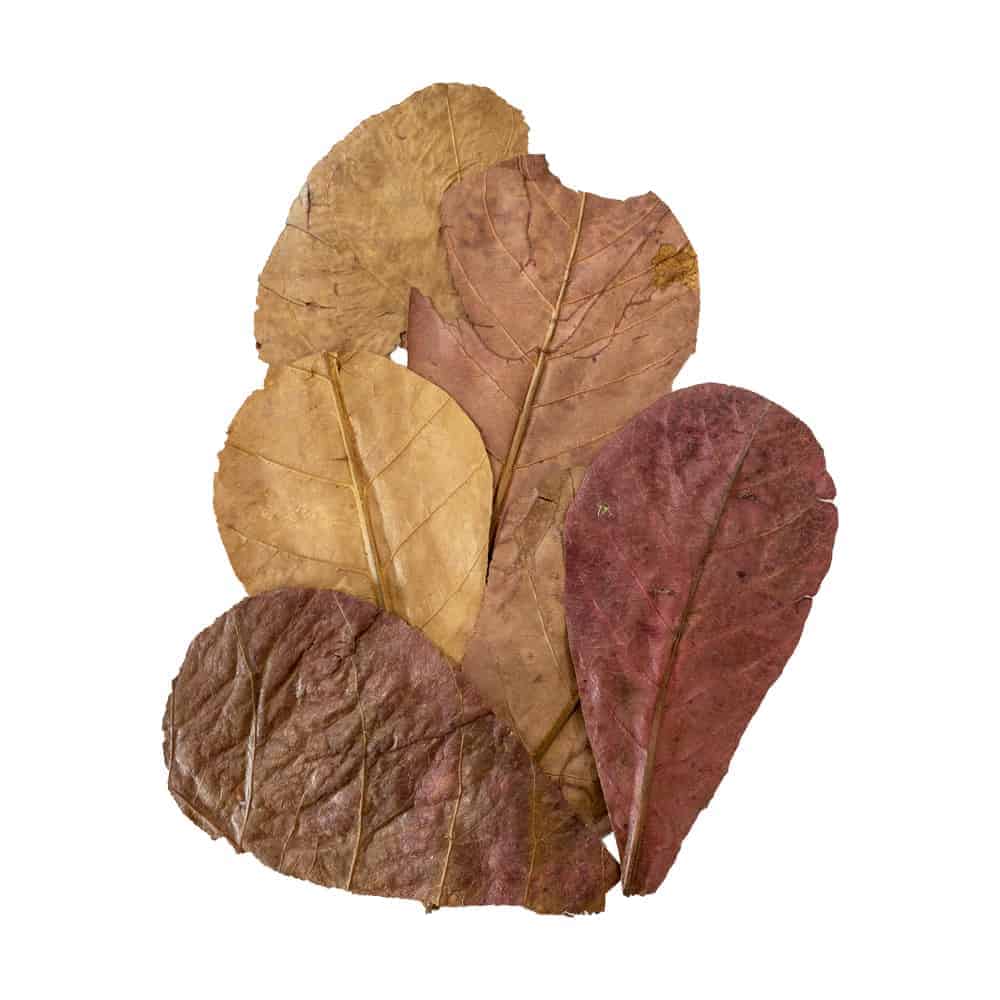
Fun fact: catappa leaves (Indian almond leaves) are often used to prevent cory catfish eggs from infecting. They're a great natural anti bacterial agent!
Proper filtration
Keep observing their behavior
After making adjustments to the aquarium pH, it is essential to observe the behavior of the corydoras. Watch for possible signs of stress, such as retracted fins, changes in appetite, or abnormal behavior.
If necessary, make additional adjustments gradually, always taking into account the well-being of the corydoras.

